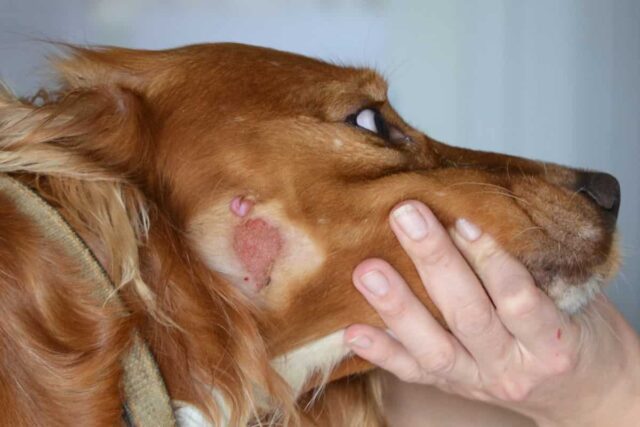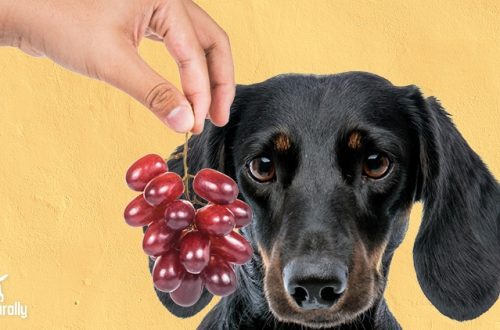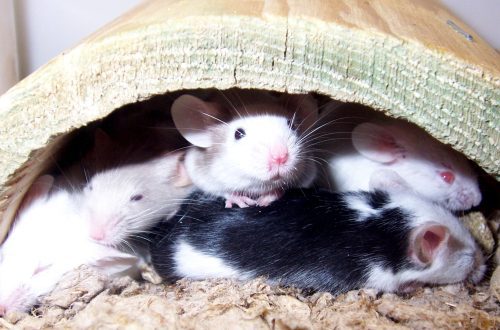
How and how to treat lichen in a dog: symptoms, photos, recommendations to the owner of the animal
Lichen, which is very common in dogs, refers to infectious diseases that affect the skin of an animal, as well as its claws. The causative agents of this disease are fungal organisms. They reproduce by spores that are resistant to various external conditions. For their active germination, high temperature and humidity are required. Accordingly, most often lichen in dogs is observed in the summer.
Contents
Varieties of lichen
In dogs there are such types of lichen:
- Pink. It is distinguished by the formation of small pink spots of a round shape. All affected areas are very itchy, and then begin to peel off. Such a disease appears and disappears suddenly. With pink lichen, special treatment is not required. It is enough to avoid water procedures and walk the dog in the shade. In extreme cases, you can treat the affected areas with apple cider vinegar.
- Ringworm. With this form of the disease, the lesion affects the scalp and ears. The main difference between ringworm is oval or round spots with a diameter of 1,5-2 cm. All these areas are covered with scales, which causes severe itching in the dog and leads to its baldness.
- pityriasis. This type of lichen is very common in dogs. The main sign is the formation of small pink spots on the neck and back, as well as on the paws. In some cases, the affected areas acquire a brownish tint.
- Weeping. Allergy leads to the development of such a disease. Accordingly, lichen is not contagious. Its symptoms include the formation of a rash and severe itching. In some cases, swelling, redness, peeling and cracking occur.
- Tinea. The cause of this disease is the herpes virus. At first, the dog feels severe itching in the area between the ribs and in the abdominal region. Over time, small bubbles can be seen here that burst. In their place, crusts form. In some cases, manifestations are noticeable on the back and paws of the animal.
What does ringworm look like on a dog?
Many owners do not immediately notice the early symptoms of lichen in a dog. This is due to the fact that an almost indistinguishable rash forms on the skin area. It can be easily seen when the affected area increases significantly.
In most cases spots form on the head and tail. Over time, crusts with a reddish tint appear here. If you do not pay attention to such symptoms, then the disease will begin to progress. Subsequently, the affected areas will remain bald for a long time. In this case, the immunity of the animal is weakened. It refuses to play with owners and other dogs.
How to cure lichen in a dog?
First of all, it is necessary to make a correct diagnosis and identify the pathogen. You need to understand that the fungus is very tenacious. He is able to adapt and not appear for a long time.
When treating lichen in a dog complex therapy is important:
- Ointments are used for a localized form of the disease. In all cases, when bald patches are noticeable on the skin, clotrimazole, exoderil or mycosolone are prescribed. Such drugs are applied 1-2 times a day. It is important to cut the hair short. You also need to make sure that the animal does not lick the ointment. For this purpose, it is easiest to use a protective collar.
- Shampoo is prescribed in the case when the lesion captures almost the entire surface of the skin. Under this condition, ointments are not used for treatment, because it is not easy to apply them to the entire body of the animal. The dog is washed with a special shampoo 3-5 times, taking a break of 2 days. In this case, it is necessary to completely wash off the foam, since poisoning is possible if the product enters the stomach. If the dog has a thick coat, it is best to shave it off. In this case, during a walk, it is necessary to wear overalls on the animal, because due to hypothermia, immunity will decrease, which will negatively affect the condition of the pet. With a minimum amount of bald patches, shampoo should not be used, because during the bathing process, spores can get on healthy areas of the skin.
- Clotrimazole solution, salicylic acid or iodine is prescribed for additional local treatment. Such funds should be used only on the advice of a doctor, because substances can cause tissue necrosis, which will complicate treatment.
- Lichen pills indicated for lesions of large areas of the skin. They are also used for increased resistance of the fungus to local preparations. The most commonly recommended drugs are ketoconazole, itraconazole, and fluconazole. To avoid the negative effect of active substances on the body, it is necessary to additionally give the dog hepatoprotectors.
- Immunostimulants are prescribed in almost all cases, since the development of lichen always indicates a weakened immune system. In addition to the use of such drugs, it is necessary to monitor the diet of the dog.
- Antibiotics are used in the presence of a secondary infection, because lichen often contributes to the active reproduction of staphylococci and streptococci. As a result of this process, the wounds begin to fester, and an inflammatory process develops, due to which the effectiveness of antifungal drugs decreases. The veterinarian may use different forms of antibiotics, including ointments, injections, and tablets.
- Vaccination is an ambiguous way to prevent lichen. This is due to the fact that so far there are no truly effective drugs. All modern vaccines are experimental. Moreover, dogs do not tolerate vaccination well, and after vaccination, the pathogen often becomes resistant to certain drugs, which complicates treatment. Therefore, in the early stages of the disease, it is not worth vaccinating a pet.
Other recommendations
- Gloves must be worn before handling the dog’s skin. It is also important to carefully collect and discard the sheared wool, and then disinfect the tools.
- If children, the elderly and people with weakened immune systems live in the house, it is better to isolate the dog.
- Needed twice a week disinfect floors and walls indoors, bedding, comb and dog bowls. For this purpose, you can use a UV lamp or steam cleaning.
- Lichen pet should be isolated from other animals. Although they will still become infected under the condition of reduced resistance. Therefore, it is necessary to carefully and regularly inspect all pets, including cats and rodents.
- When the condition of the dog begins to improve, do not stop treatment. You need to complete the entire course. The animal is considered healthy only if, after the end of treatment, 2 analyzes performed with a break of a week are negative.
You can notice lichen in a dog by the formation of spots on the skin and gradual hair loss. Also, the pet will constantly itch. At this stage of the disease, you need to urgently contact the veterinarian and start treating the animal. Otherwise, the development of secondary infections is not excluded.
Examples of lichen in dogs





